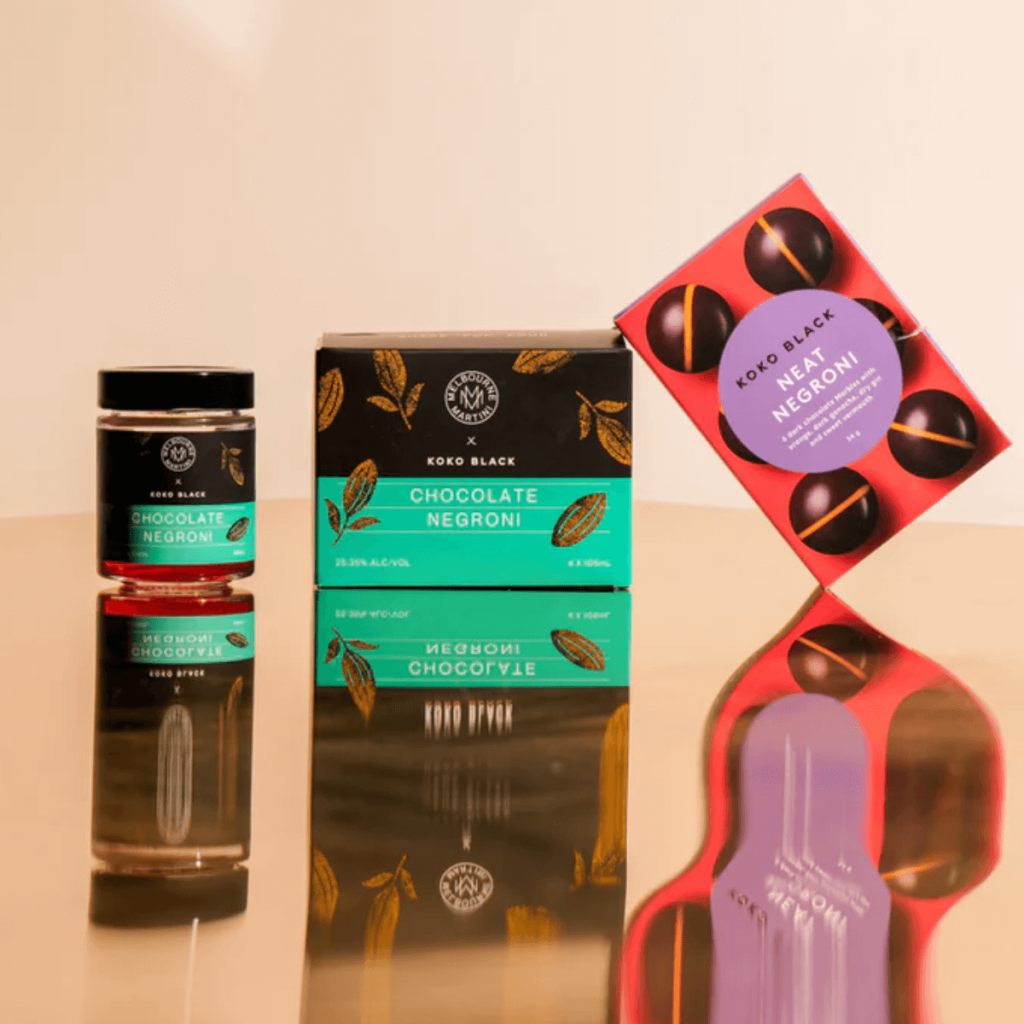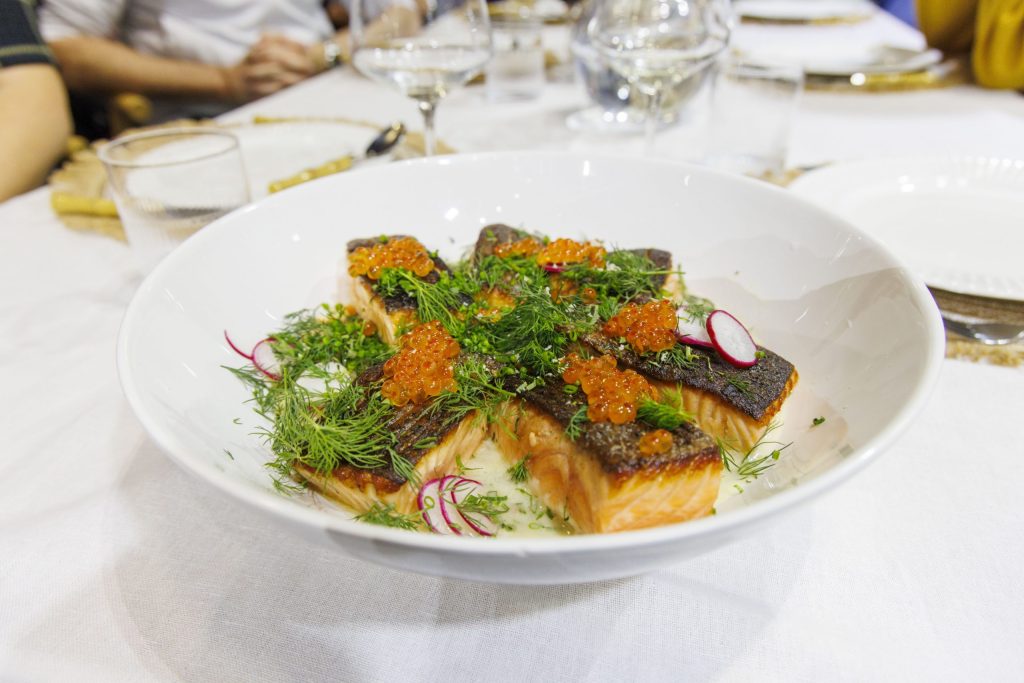Seasonal Produce – July
Published 01 Jul, 2015Grapefruit
Tangy grapefruits are the perfect antidote to dreary winter weather. With a potent dose of vitamin C it has fantastic immune boosting properties to help ward off colds. It is also a good source of dietary fibre and folate, and pink grapefruit contain lycopene, which is an anti-cancer agent.
Golden yellow grapefruits have a very sharp tart flavour, but pink and ruby red varieties are sweeter.
Keep grapefruits in a dry place out of direct light for up to two weeks, or in the fridge for up to a month.
To eat, cut in half and spoon the flesh directly from the fruit, or remove the skin and cut into segments. Tangy grapefruit is a perfect pairing with sweet sorbets and tarts, and also savoury dishes like a chicken salad.
Cauliflower
Part of the Brassicaceae family along with Broccoli and Brussels Sprouts, it is no surprise that unassuming Cauliflower is a nutritional powerhouse. High in calcium, fibre, folate, and vitamins A and C, several studies have linked a cauliflower rich diet to a decrease in the risk of several cancers. Choose a cauliflower with no browning and store in the fridge for 3-4 days.
Roasted cauliflower smothered in cheese sauce is a classic accompaniment to a roast. It can also be enjoyed raw, boiled, steamed, stir-fried, or is delicious pickled. Some recipes even blend cauliflower to create a nutritional substitute to flour.
Celeriac
What this knobbly vegetable lacks in looks it definitely makes up for in versatility. Celeriac has crisp white flesh with a mild flavour that is something like a cross between celery and parsley. A good source of vitamin K and B, Celeriac is also very low in calories.
Celeriac has a hundred uses. It can be eaten raw or cooked and makes for a particularly delicious creamy mash or soup. The flavours of celeriac are a perfect match for oily fish and chicken, but go just as well with crisp apple, pears, and witlof.











